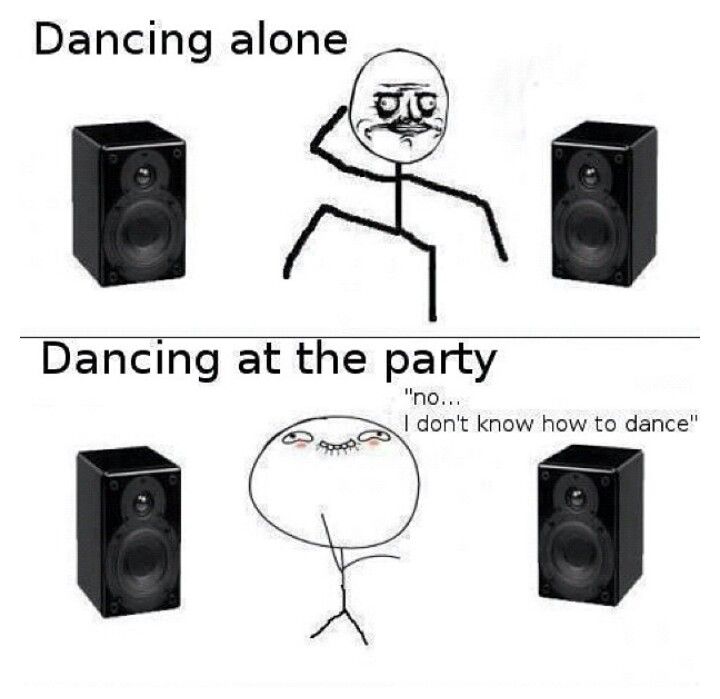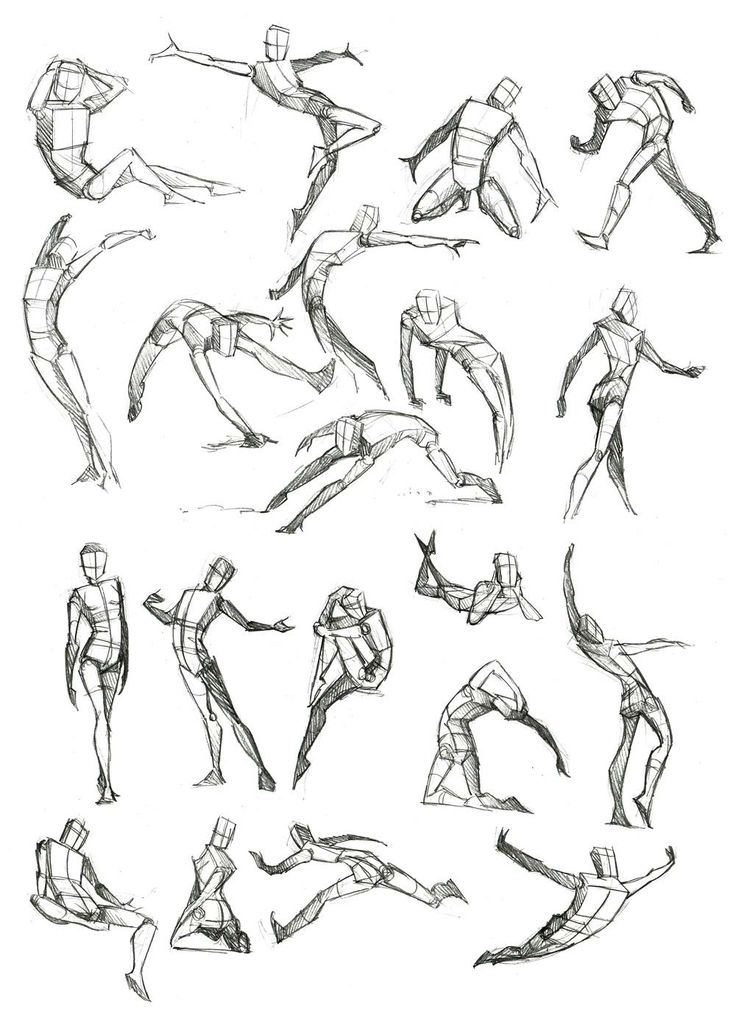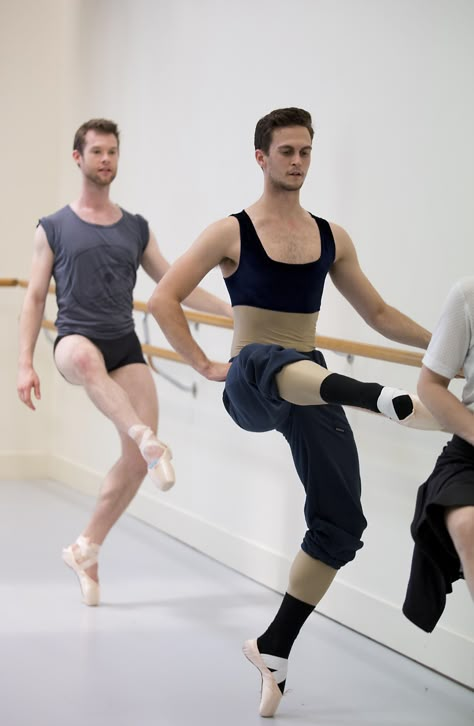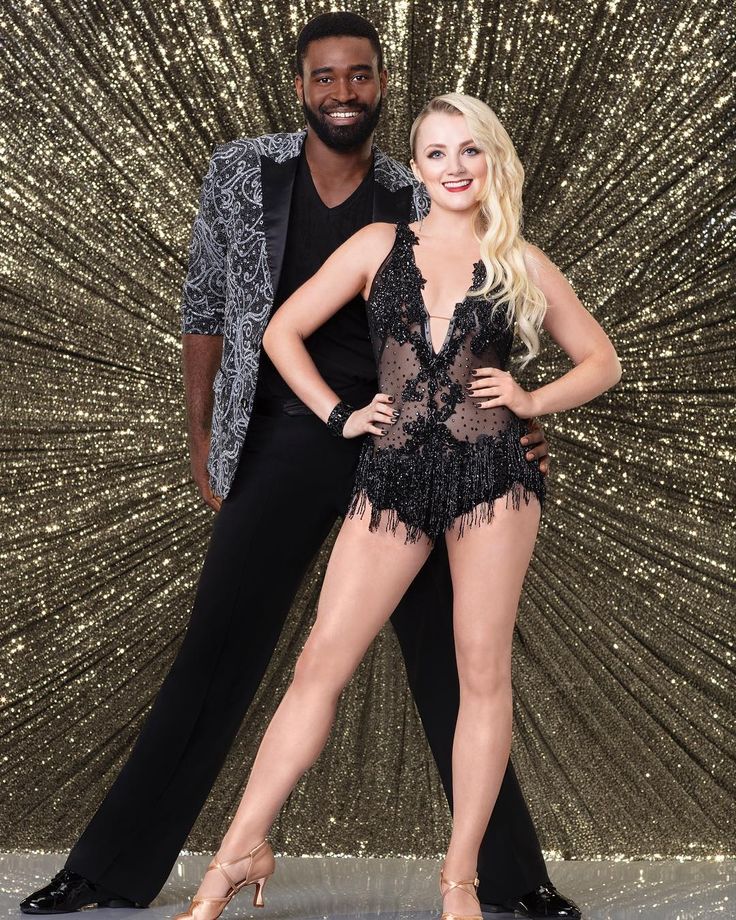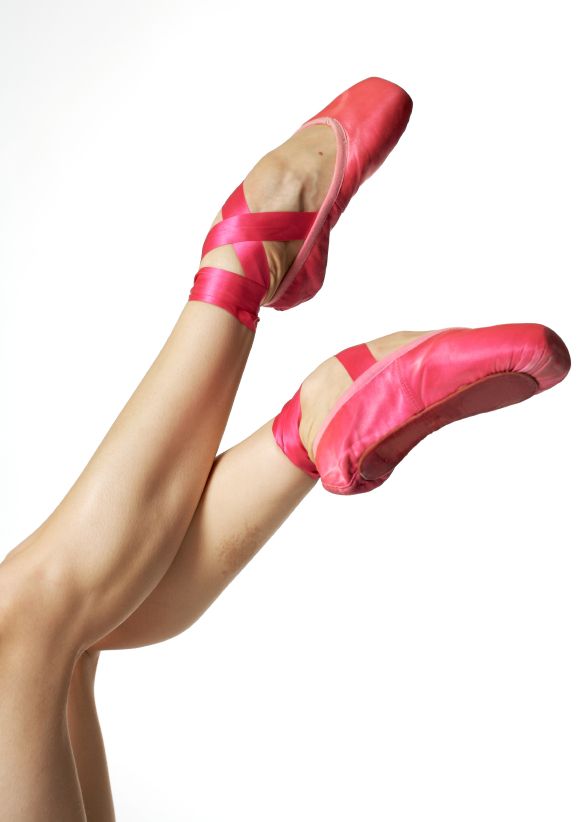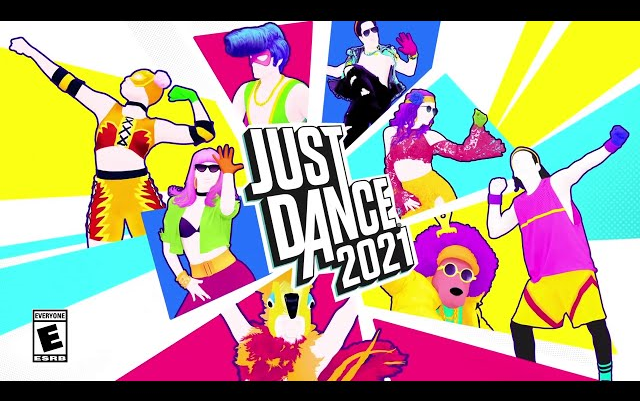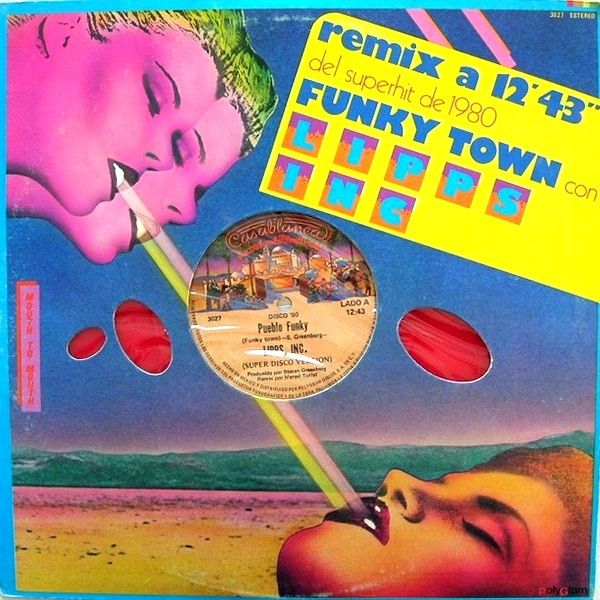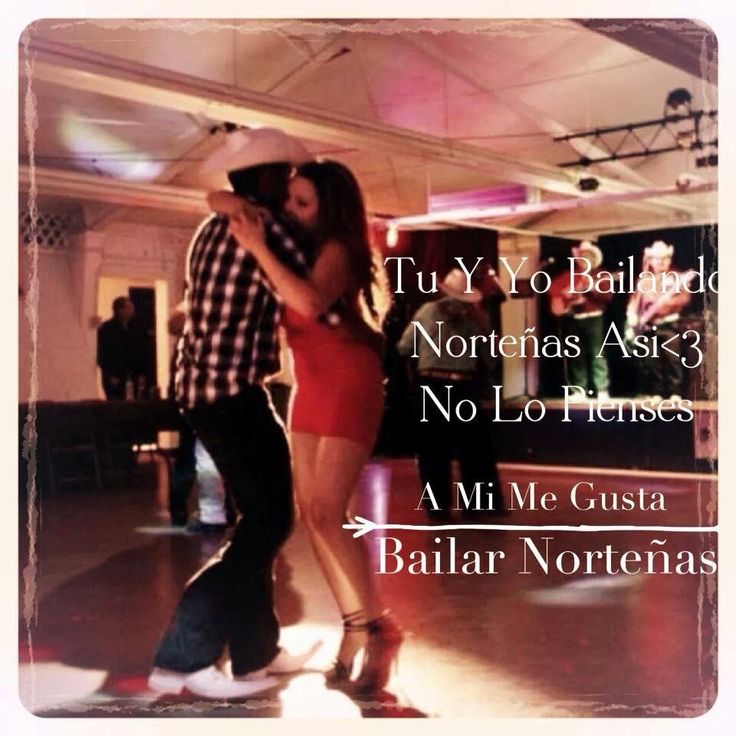How to dance alone
How to Go Dancing Alone - by Tatiana Gallardo
They’ve seen me get down to everything from Pitbull (guilty!) to bass-bumping deep house. Yet I’ve never aspired to go dancing alone. Even though I adore music and doing things solo, “Roll up to the club by myself” has never been on my bucket list. If I’m going out, it’s with friends! Or so I thought.
This summer, I became a solo dancer out of necessity. When my friend unexpectedly backed out of our plans to see a DJ at Public Records, a small spot in Brooklyn, I faced two options: proceed as planned or stay home. But I needed to dance that night. It was a celebratory night—my last day at my old job. I wanted to dance and ring in the start of a new chapter. So rather than hunt down another plus one, I decided to send it on my own.
I arrived to Public Records in a state of awkward paranoia. I left in a state of mind-blown euphoria. I didn’t just have a good time—I had one of the best nights of my life. I’m not being hyperbolic. Smiling and sweaty, I danced and danced and danced and I even noticed other women of all ages dancing by themselves as well.
Since then, I’ve become a seasoned solo dancer. Every time I go out on my own, I leave feeling incredibly empowered. Not having to depend on others to go out is a liberating secret weapon.
Like me, you might never plan on going dancing alone. But you never know when the opportunity—or need—will arise. Friends bail last minute? A niche band that only you know announces a show? A Friday night in a new city? Why not consider flying solo? If you do, here are my tips for making the most of a dancing night out—100% on your own:
Jazz. Funk. Mosh pits. You name it—it’s yours. Going out alone means you can follow your heart’s groove. If you hate hip hop but show up to a bar that’s blasting Kanye West, you’re not going to have a good time. As you consider your first solo musical event, ask yourself: would I enjoy dancing to this genre/band/artist alone in my room? If the answer is yes, you’ll feel a lot more comfortable and content. For me, the answer is and always will be: house—or as my friends like to say, “music with no words in it.”
For me, the answer is and always will be: house—or as my friends like to say, “music with no words in it.”
That’s why I always use Resident Advisor to find local house music events wherever I go. Before my first solo night out at Public Records, I read on Resident Advisor that the DJ would be spinning disco and house—the musical combo of my dreams. While I had zero clue if I would enjoy the experience of being alone, at least I knew I’d enjoy the music.
Wear something that makes you feel good. Maybe it’s that piece in your wardrobe that’s reserved for special occasions (this is a special occasion, after all). Or maybe it’s all black—comfortable and classic.
Whatever you wear, wear it with pride. Rolling up alone takes confidence, so do what you need to do to feel like your best self. If I’m going out alone, I still get ready as though I’m going out with my girlfriends. I do my makeup, I spray perfume, I put on a cute top, and I sport sneakers so I can fully groove.
Unless it’s general admission and you need to secure a spot early, I suggest arriving once the party is already underway.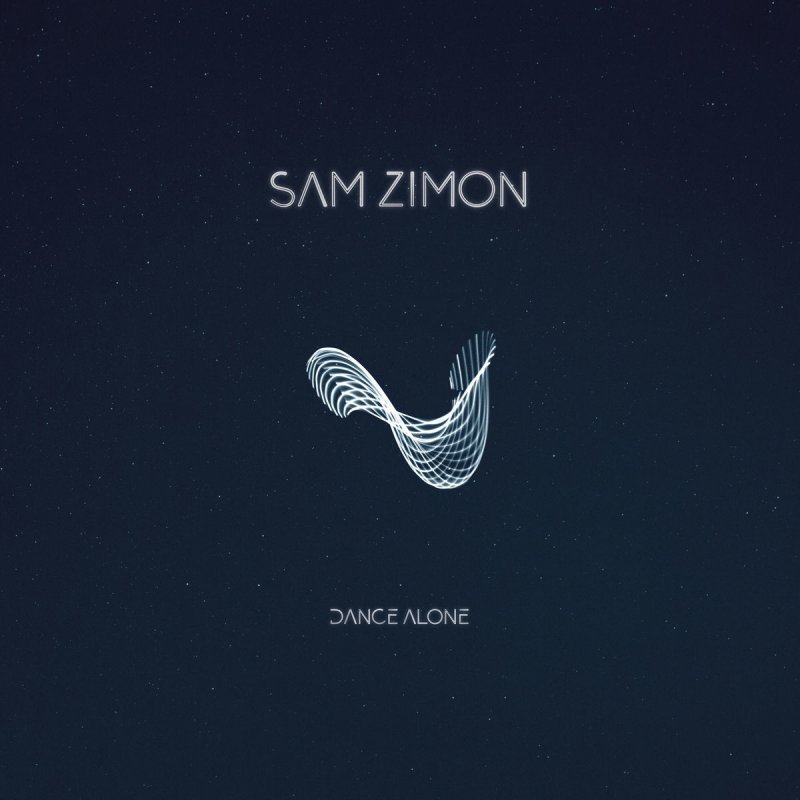 You can join the crowd without sticking out.
You can join the crowd without sticking out.
Oftentimes, there will be a line outside the venue. This is a good thing. No one will judge you for waiting on line by yourself—even though you might think they are. When I first made eye contact with the bouncer at Public Records, I felt like an underage college student with a fake ID again. Palms sweaty. Heart racing. What does he think of me?! But then I told myself that he—and the other people on line—probably assume I’m running late and meeting a friend inside, which I have done many times! Tell yourself what you need to. The truth is: no one is thinking about anything except themselves. Everyone is focused on their own fun, so why not focus on yours, too?
Once you’re inside the venue, scope out the situation. Head to the bathroom, wander over to the smoking section, or pretend you’re looking for your friends. This will give you something to do as you get your bearings.
Once you’re ready to start grooving, scan the dance floor. See if there’s an open spot next to a group of friendly-looking strangers. Or even better: find some other solo dancers. If you’re a woman flying solo, this is a good moment to find a space that feels safe from any potential creeps. I haven’t encountered any during my solo stints, but it’s smart to play it safe.
See if there’s an open spot next to a group of friendly-looking strangers. Or even better: find some other solo dancers. If you’re a woman flying solo, this is a good moment to find a space that feels safe from any potential creeps. I haven’t encountered any during my solo stints, but it’s smart to play it safe.
In my experience, the best spots to get down are in the front by the stage or DJ booth—or in the back where there’s more breathing room. Find a spot that feels right for you and start tapping your feet as you make your way over.
This is my abuela. All five feet of her dancing cuteness.It doesn’t matter if it’s in the middle of dinner, at the eye doctor, or in Costco—when my abuela hears a beat, she’ll start dancing. To her (and most Cubans), dancing is pleasure. She doesn’t need a crowd, a crew, or a companion. She just dances because it’s fun and freeing.
Channel that I-don’t-give-a-hoot energy on the dance floor. Feel the beat. Move your body. Dance like no one’s watching. If it helps, pretend you’re drunk. Or pretend you’re a 98-year-old abuela with dementia who gives zero craps about what people think of her. I’ve done both. And they’re surprisingly effective at helping me care less and move more.
If it helps, pretend you’re drunk. Or pretend you’re a 98-year-old abuela with dementia who gives zero craps about what people think of her. I’ve done both. And they’re surprisingly effective at helping me care less and move more.
But if you are having fun, guess what—you can stay out as late (or as early) as you want. On my first night out, I told myself I’d be proud if I lasted thirty minutes. I ended up lasting three hours. Regardless of whenever your bed beckons you home, consider ordering a car to make sure you get back as safely as possible.
Here’s the best part: No one will judge you for leaving. Or dancing until last call. Or going to the bathroom again. Or attempting to twerk. Or just bopping your head. No one will judge you because you’re literally alone. You’re in full control of your fun—all night long.
Tiktok failed to load.
Enable 3rd party cookies or use another browser
(AKA other steps outside my comfort zone)
Showing up solo and sober: My first solo night out was also booze-free.
 A year ago, I would have never imagined 1) seeing a DJ by myself 2) seeing a DJ and not drinking. Turns out there’s a natural high that comes from doing both.
A year ago, I would have never imagined 1) seeing a DJ by myself 2) seeing a DJ and not drinking. Turns out there’s a natural high that comes from doing both. Sliding into a stranger’s DMs: I’m normally not one to do this, but fueled by my post-dancing euphoria and non-liquid courage, I wanted to let the DJ, 4AM NYC, know what an incredible time I had dancing solo and sober during her set. To my surprise, she revealed that the event I went to, Spiritual Mental Physical, is all about creating fun nights that aren’t dependent on drugs or drinking. (Serendipity?!) If you’re in New York, try to catch one of her sets. They’re a guaranteed groove and a half—with or without friends by your side.
Tatiana Gallardo is a writer, illustrator, and occasional fist pumper. You can find her on Instagram or dancing across the Costco aisles like her abuela.
dance at home with me — jess grippo
the at-home dance-revival program
(digital companion to dance with this book)
p. s. The shape you’re in right now is the only shape you’ll ever need. The time you have available is the perfect amount of time. The amount of dance experience you have is enough - even if it's none. And all you need is the device you’re reading this on to get started.
s. The shape you’re in right now is the only shape you’ll ever need. The time you have available is the perfect amount of time. The amount of dance experience you have is enough - even if it's none. And all you need is the device you’re reading this on to get started.
p.p.s. I highly recommend DANCE WITH THIS BOOK as a companion to this video series! If you didn’t already grab your copy, here’s the link to get it!
Ever feel lonely? I do.
Ever feel stuck? I do.
Ever feel like all you want to do is DANCE - if only the world was set up to let us dance more, if only you had more time, if only you didn’t quit ballet when you were 9?
I do. all. the. time.
the great thing about dance is that it helps us get unstuck, out of the funk, feel more connected. it gives us confidence and freedom and….
Yada yada, you get the point. I don’t have to spell it out because you’re an intelligent human who gets it. And even if your brain forgets it, your body remembers.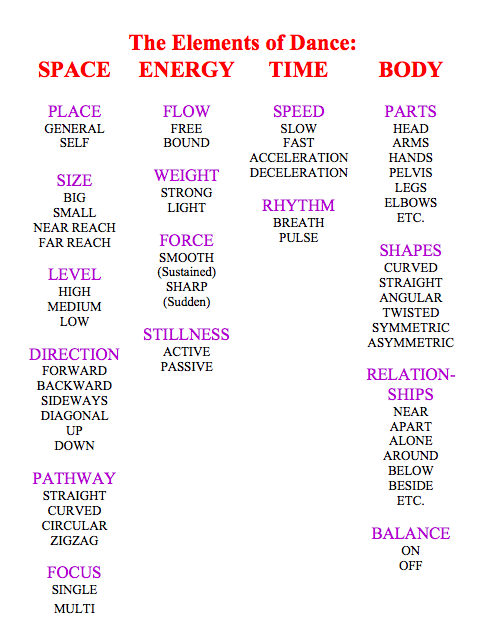
Go ahead, ask your body to remember the last time it danced.
[s p a c e to r e m e m b e r]
What I’ve heard from so many people is how much they want/wish/wonder what it would be like if they danced more…
Yet they are scared to go into a classroom because of the fear of looking “bad” or not keeping up or making a fool of themselves.
Or even if they aren’t scared of THAT part of it, they can’t find the time to set aside. (Because, c’mon, the commute plus the class plus the extra sweaty laundry you’ll accumulate… that's more than a quickie!)
When I first started wanting to dance again (after years of not doing it and telling myself I missed my chance), all those things came up for me. They still come up, actually. Because the fear and the core issues don’t go away, it just becomes easier to move through them and dance anyway.
Ya know what got me back to dance?
Making dance videos alone in my room.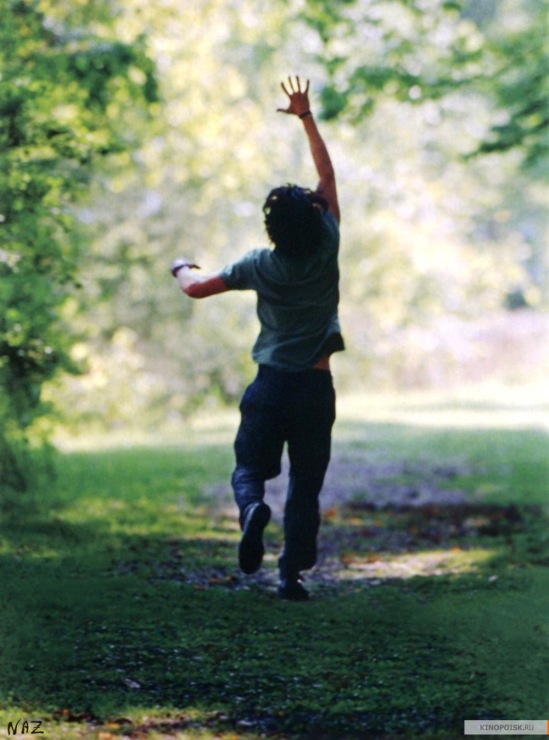
That was back in 2010, and while a lot has changed, a lot also hasn't changed.
What's different now is that I KNOW how powerful this seemingly small act of dancing alone can be. I've seen it change my life over time and impact so many people in the process. I now know that dancing in your own way will not only free you in the moment, but it is in itself an act of rebellion in a world that so often tries to keep us stuck in our heads and out of our real embodied power.
so. here’s what i created.
A series of videos you can watch at home alone in YOUR room, that will give you the permission, the space, and the nudge to start dancing again. Right here, right now. In short chunks of time that you don’t need to get a new pair of Lululemons for. (Those ratty old sweats will do just fine. I speak from experience.)
dancing alone with you, together,
90,000 12 life hacks, to quickly learn how to dance from Mamita DanceDances
Author: Pavel Gather
Psychologist, Lecturer Salsa and Tango
Dances
Author: Pavel Pavel
Psychologist, Lecturer Salsa
on At the start, you always want to get a quick result.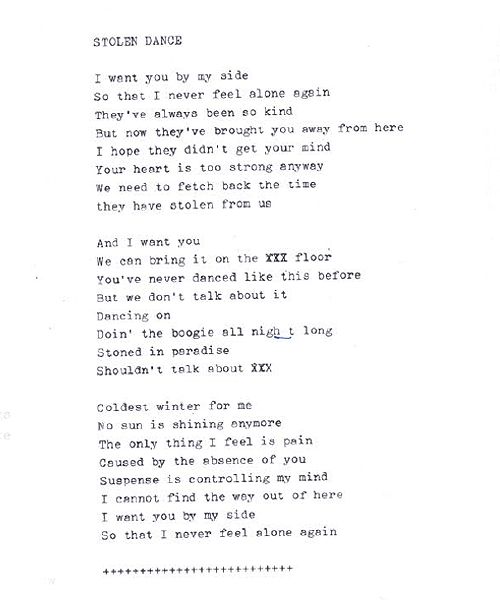 When it doesn't happen, the hypothesis arises that everything takes time. After a conditionally acceptable time, humility comes to mastering pair dances, which, perhaps, is not given, and I will just do what I learned somehow.
When it doesn't happen, the hypothesis arises that everything takes time. After a conditionally acceptable time, humility comes to mastering pair dances, which, perhaps, is not given, and I will just do what I learned somehow.
This is the most common story of those who believe that the mere act of attending a pair dance class is enough to learn how to dance.
Absolutely not. If you want to really dance well, you have to make an effort outside of the dance class. A good teacher will definitely be needed, but the initiative should be on your side.
1. Listen to music
The most common and accessible advice that is given already in the first lessons. And it definitely works. Music creates a certain atmosphere of the dance and intuitively you want to move to it. It doesn't matter where you listen to music - in the car, on headphones while walking or doing household chores.
An addition that will help you dance better is your active participation in the music. Sing along, dance or simply beat musical accents with any free parts of the body. In the subway, for example, it is enough to tap out bright moments with your fingers, in the car to sing along with sounds, and at home you can jump for pleasure.
Sing along, dance or simply beat musical accents with any free parts of the body. In the subway, for example, it is enough to tap out bright moments with your fingers, in the car to sing along with sounds, and at home you can jump for pleasure.
2. Watch videos of good dancers
It's complicated, but also obvious. It’s more difficult, because without recommendations from more experienced dancers, unfortunately, it’s not so easy to find a good quality video on the net (I mean not the resolution quality, but the content itself).
Meaningful video viewing is about building an understanding of HOW dancers make a particular impression on a partner or viewer. Technology is at the heart of everything. Understanding how the pros do it is a big step forward.
It is important to distinguish a show from a disco dance, a staged performance from an improvisation, a stylized dance from an authentic one, etc. Ask for recommendations and dance teachers will always throw off a couple of videos of worthy landmarks.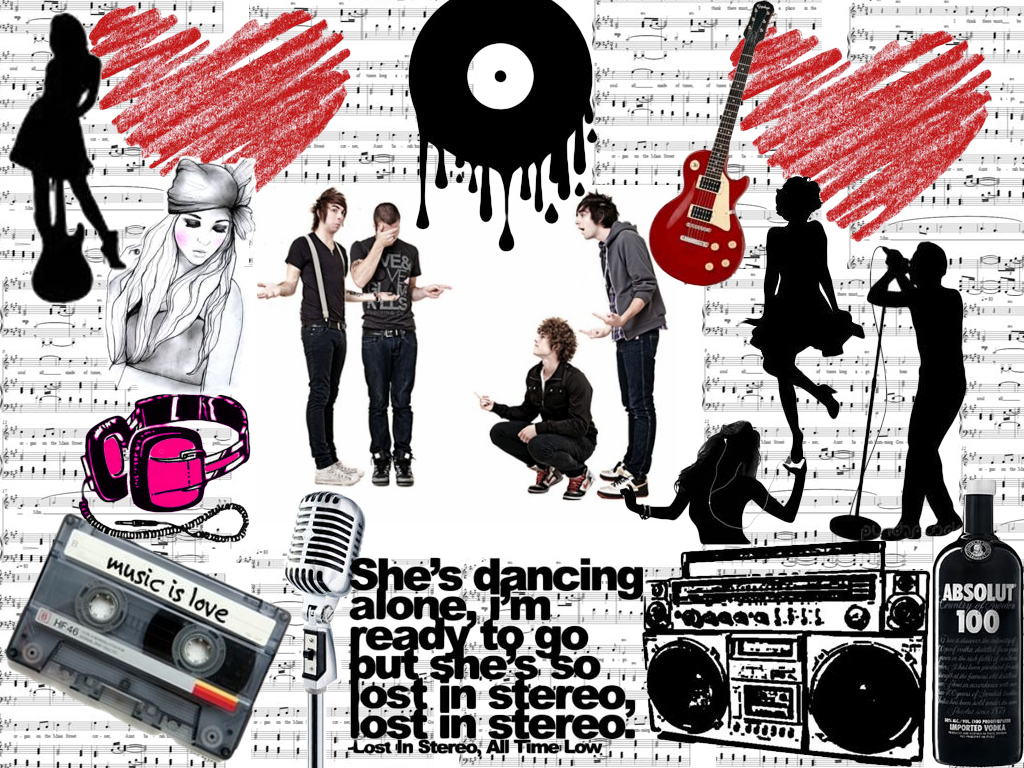
Tango Z. Showreel.
Online modern tango courses
Tango nuevo is the most advanced version of tango. We can quickly learn to dance from zero to a steep level.
| View details |
3. Dance in salsatecas/milongas/discotheques
A very delicate moment when it is worth coming to the first party. From a technical point of view, most students in 1-3 months have a sufficient set of figures and techniques to come and dance calmly. Psychologically, the same moment can be stretched out for an indefinite time. After all, it is imperative to “not lose face”, “learn more figures” and be sure what to do in case “there is an unfamiliar movement”.
In fact, the partygoers don't really care (except for a small layer of non-professional teachers who want to help inexperienced dancers by treating them as customers in the future). It is important to come and try dancing after a month of classes. You can only with friends or guys from your group. This will be enough to feel the adrenaline and inspiration from the dance.
You can only with friends or guys from your group. This will be enough to feel the adrenaline and inspiration from the dance.
4. Dance with partners or partners not of your level
The conventional wisdom that you need to practice in groups of your level does not withstand the test of experience. Perhaps now your eyes widened in surprise, and you want to meaningfully read the phrase again. Yes, you saw everything correctly: when you dance with a partner of your level, you don’t grow anywhere.
It's important to understand that not only does it work one way and you have to dance with cooler dancers, but it works even more effectively the other way. It is no coincidence that teaching pair dances dramatically raises the level of the teacher himself. You have an endless stream of very beginner dancers.
How it works. A more experienced partner needs to be "stretched". It's easy and obvious. With beginners, you need to take more initiative on yourself, see the general pattern of the dance more widely, turn on and insure more, try to be an example and be more careful. The quality of interaction begins to grow significantly. And wonderful partners too.
The quality of interaction begins to grow significantly. And wonderful partners too.
Dancing with partners of your level doesn't make you grow. Dance with beginners and more advanced dancers
Dominican Bachata Women's Style Online Course
Want to learn how to hypnotize those around you with the most appetizing part of your body? On the course we will tell you all the secrets.
| Interesting |
5. Learn to dance for a partner and for a partner
Turks and Argentines are one of the best partners in the world. In Russia, partners are highly valued. Why? The answer is simple. In Argentina and Turkey, it is not questionable for men to ask another man to lead in one piece or another and give feedback on the quality of the lead. For them, it will be a great shame to hear moralizing from a partner, or even more so to be known in the community as an insecure partner.
In Russia, due to the constant, often far-fetched, opinion that there are more women in pair dances, partners calmly get up and study their partner's part.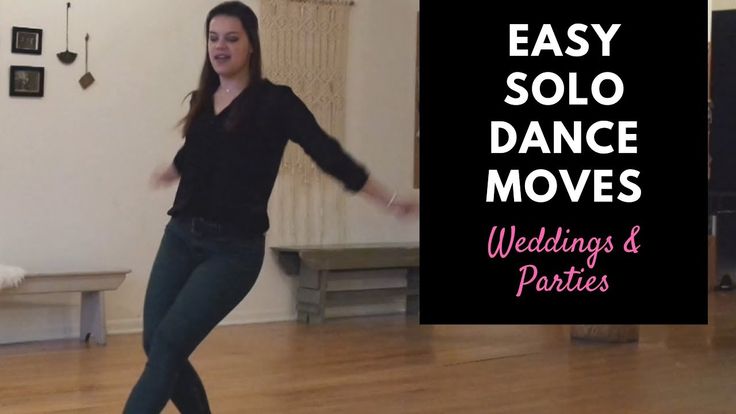 Such partners then grow into very cool dancers and teachers. In no case do this at parties, only in class. Here we are talking only about the learning strategy. At parties, be yourself.
Such partners then grow into very cool dancers and teachers. In no case do this at parties, only in class. Here we are talking only about the learning strategy. At parties, be yourself.
6. Do not memorize the links
Always try to look deeper and understand the through principle and idea of movement. Understanding what and how is done will make it possible to independently generate any sequences and chips.
Human memory is limited and there will always be a moment when something will escape and your repertoire will be limited by the size of RAM.
In Argentine tango, for example, there are seven levels of movement construction that, when mastered, will allow you to make millions of combinations. And how many dance sequences can you really remember? In rueda, more than 150 figures dance in a rare circle. It's hard to keep more in mind.
7. Develop your body
Many years of experience in teaching couple dance shows that as soon as everyone pairs up in a class, any progress in individual style ends.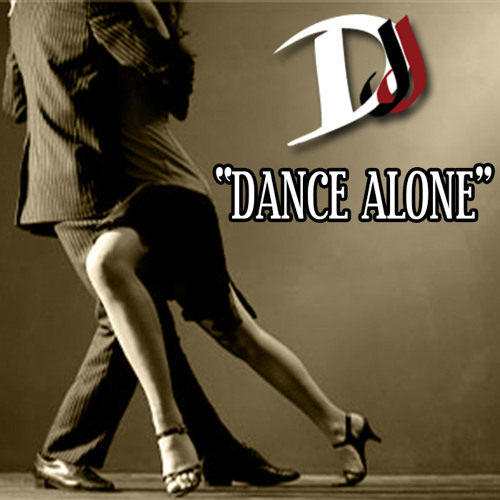 But it is the individual style that distinguishes everyone at the disco: partners change, and style is always with you.
But it is the individual style that distinguishes everyone at the disco: partners change, and style is always with you.
The body as the main instrument of dance must be very plastic, responsive and emotional. Surprisingly, not all pair dance schools have a general physical warm-up. It is vital to tune the body and understand how it works.
You can always train extra and concentrate more on the basic steps, as their true value is as body work. The sequence of steps is, in fact, the simplest thing that can be in pair dancing. The quality of individual performance determines the craftsmanship.
8. Try on the images of inspiring dancers
A psychological life hack for those who have already mastered the steps, but still feel that there is not enough brightness and drive. Most are terribly afraid of being someone else's "clone". Here the action is the same as under the influence of hypnosis - the more you resist, the more you plunge into an altered state of consciousness.
With a high degree of probability, you are already dancing like someone else's "clone". A meaningful fitting of someone else's image is that you mentally take the image of the one who inspires you (inspiration is critical in this case) and "put on" yourself. Then you start dancing and trying to feel in general how it is to be in a state, for example, of the best partner or the sexiest partner in a disco. This is much more difficult than it seems. But it works extremely efficiently.
9. Dance to offbeat music
Habitual rhythms keep you tight. Tango salon or speedy timba leaves little room for experimentation and fantasy. Pattern dancing is always noticeable and is reserved for beginners.
The truly new is born outside of the usual. Look for places to experiment. If there is no place, organize self-training. The main thing is not to get carried away, because music determines the style. We bring something new to pair dances, rather than trying to change them.
Search, improvise, don’t be afraid to go beyond, develop in different directions, be inspired by music atypical for the style
10. Try your hand at basic dance directions
dances exist according to their own non-choreographic laws.
This is the deepest delusion, which has turned into a ceiling for the qualitative development of partner dances. After all, all professional dancers, for example, in salsa or bachata, build their ideas on the basic choreographic principles.
Do not think that choreography is only applicable on stage. Any meaningful movement of the body can be choreographic. In general, try classical or modern choreography. Basically, hip-hop can work too.
11. Look for battle sensations
Pair dances return us to an active position of manifestation of our body.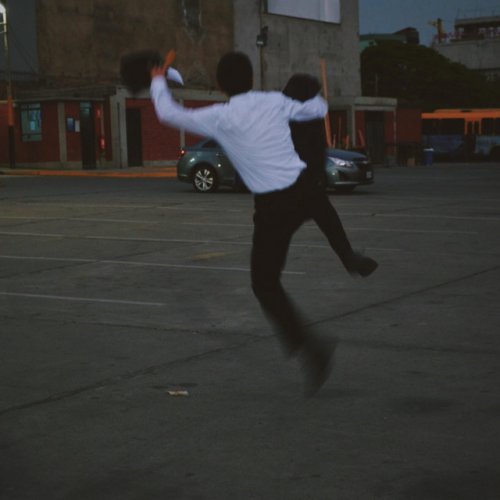 As in the days of our ancient ancestors, we impress the members of the opposite sex with how dexterous, hardy, sexy, etc. we are. Modern jungle laws in the entourage of big cities.
As in the days of our ancient ancestors, we impress the members of the opposite sex with how dexterous, hardy, sexy, etc. we are. Modern jungle laws in the entourage of big cities.
If you look around the dance floor, it becomes clear that the majority are clearly herbivores (not in the sense of vegetarians, but in relation to those around them). I am sure that predators are always more interesting in terms of the attractiveness of the image - try to find a counterbalance among herbivores, for example, a cat woman or a lion man.
The conversation is about an internal position, not about aggressiveness. Lability and lack of control are inherent in adolescents, and not in adult self-sufficient people.
Accordingly, even a training or friendly battle gives, on the one hand, practical skills - to make a bright sequence of movements, bring an idea to a climax, show a spectacular feature, on the other hand, develops the psychological basis of the dance - self-confidence, resistance to extraneous attention, self-control and self-control in complex elements.
12. Communicate with professionals
The environment shapes the internal position. Basically, real passionaries of the dance community are ready to openly talk, discuss and support the development of dance in every possible way. Universal principles and the ideas they articulate have a much longer and more practical perspective than meets the eye.
Accept that, for example, behind the words "listen to your partner" is not only a beautiful metaphor, but also a practical skill to literally listen to your partner. At the same time, always treat every thought, even the most respected teacher, as a private opinion.
Your skill will lie in finding the scope of the idea even in conflicting opinions. Most often, the contradiction is speculative and the truth lies in the angle of perception or situationality.
Your dancing growth will stop sooner or later. This can happen at the level of three basic steps or years of experience in teaching and show performances. Regardless of your level, the suggested 12 life hacks can get you off the ground and greatly accelerate your dance growth. There is no way here without your motivation and activity. Take your dance development into your own hands. 9Ol000 Dangerous sexuality
Salsa: destroyers of stereotypes
Couple dancing as a source of strength.
Self-destruction of the couple dance community
The Salsa series as a mirror of the community
Mamita Fridays: Salsa, Bachata
Busting the myths about leading in pair dances
Does dancing make us better?
The seven deadly sins of teachers
Why we will never dance bachata like the Dominicans
Why tango?
Dispute over musicality
Choice of dances according to alcohol preferences
Where to find inspiration for dancing?
Terrible tango nuevo
Distribution of roles in a salsa party
Argentinean tango through the eyes of a salsa dancer
Is there a predisposition to dancing?
Which is more effective: individual or group lessons?
Sexual overtones in couple dances
How to learn to dance in clubs for a guy
Contents
fashion came out synchronized movements of couples in a waltz or mazurka. For at least a century now, men have had to guess what a profitable disco dance should be like. Unfortunately, even professional choreographers will not answer this question. But we will try to highlight the basic rules.
For at least a century now, men have had to guess what a profitable disco dance should be like. Unfortunately, even professional choreographers will not answer this question. But we will try to highlight the basic rules.
hop and R'n'B
Rules to follow
Relax
Let's tell you a secret: most guys on the dance floor don't look stupid because they haven't taken lessons in dance studios and can't tell tectonics from r'n'b , but because they do not catch the rhythm of the music and cannot relax. And if no one usually pays attention to the first, then the second immediately catches the eye of others.
Hence the first rule: listen to music and let your body dance freely.
Choose a style
If you are a frequent discotheque visitor, you should choose a certain dance direction in which you will move on the dance floor. Of course, this will depend on the music that the DJ will put on, but for ten years now hip-hop and electronic music have not left the clubs.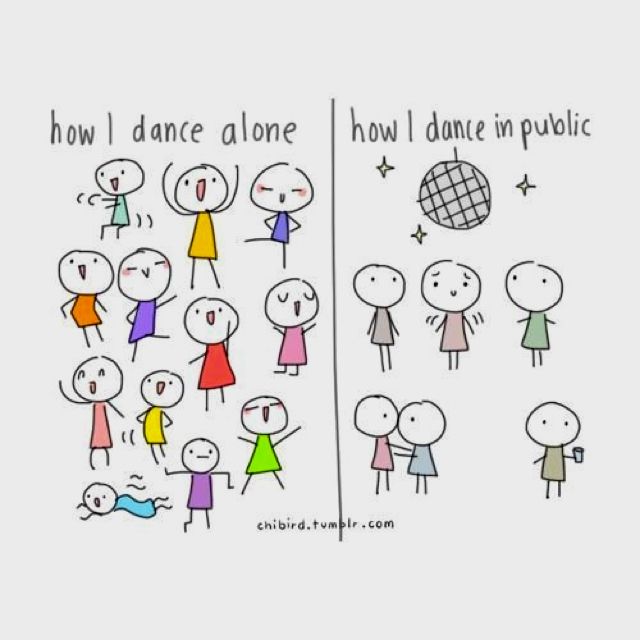 Therefore, you can master the basic movements of either one or the other. The "electronics" elements are a bit simpler, so it might be worth starting with them. Video tutorials to help you!
Therefore, you can master the basic movements of either one or the other. The "electronics" elements are a bit simpler, so it might be worth starting with them. Video tutorials to help you!
Sign up for a trial class
Try to vary your movements
If after watching the videos you still can't feel comfortable on the dance floor, you should consider signing up for a dance studio. An experienced teacher, a company of like-minded people and regular classes will quickly do their job, and you will finally be able to relax and stop having complexes while dancing. Plus, to the envy of your peers, you will no longer dance like a “newbie”.
Remember that everything is for fun
If you do somersaults on the court for ten minutes with a tense face, and then return to the table sweaty, your friends are unlikely to appreciate it. Understand that dancing is not a competition, but a completely cultural form of recreation. As they say, relax and have fun!
Let it all flow
Let go of your body and emotions, surrender to the music and move without paying attention to others.